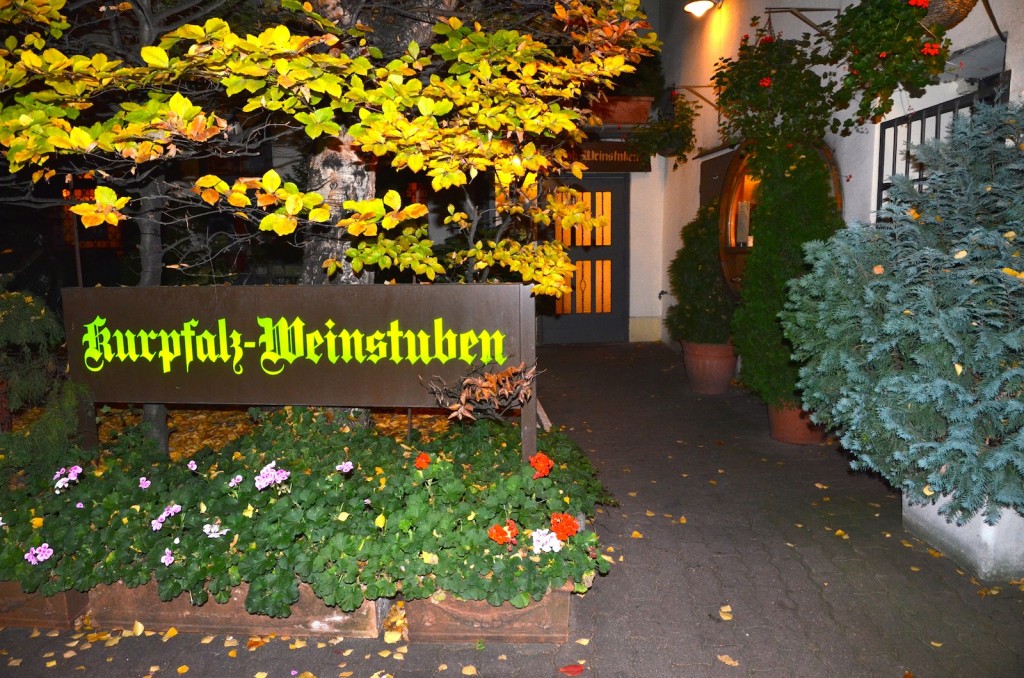
Wein ist eine Gesellschaftsdroge. Wer jetzt ausschließlich an die berauschende Wirkung des Alkohols denkt, liegt falsch, wenn auch nicht völlig. Der Rausch ist für das Wohlgefühl beim Weingenuss natürlich nicht ganz unbedeutend. Aber nicht auf diese Wirkung sei abgezielt, wenn von der Droge die Rede ist. Sondern auf die soziale Dynamik. Wein kann Gesellschaft konstituieren und zwar ganz real. Er setzt der virtuellen Vernetzung, die allzu oft von individueller Einsamkeit ablenken soll, ein konkretes gemeinschaftliches Erleben entgegen. Man muss nicht befreundet sein, man muss sich nicht mal besonders gut oder lange kennen, um über Wein intensiv ins Gespräch zu finden. Der Wein-Diskurs bietet auch einen Schutzraum, um sich über Gefühle und Empfindungen, die man beim Genuss erlebt, offen und spontan auszutauschen. Dabei wollen wir nicht unterschlagen, dass der Drang nach Selbstdarstellung, gesellschaftlichem Ansehensgewinn und Rangerhöhung kein geringes Motiv darstellt.
Berlins Weinbars und Restaurants mit vinophilem Einschlag (die Weingenuss durch ein erlesenes wie erschwingliches Angebot und durch eine entsprechende Atmosphäre stimulieren) bieten dazu nahezu täglich reichen Anschauungsunterricht. Hier etabliert sich ein gesellschaftliches Biotop, das mit seiner besonderen Form von Offenheit, sozialer Kompetenz und dem Bedürfnis nach verbindenden Gemeinschaftserlebnissen in Großstädten einen avantgardistischen Trend gegen Vereinzelung, Anonymisierung und Virtualität setzt. Denn ebenso berauschend wie der Wein selbst, wirkt die Gruppendynamik, die von einem solchen Abend ausgehen kann.
Deshalb rufe ich an dieser Stelle alle vinophilen Gastronomen auf, in ihren Lokalen einen Tisch zu freizuhalten, an denen Weinverrückte spontan und zwanglos zusammenfinden können, um ein solches Erlebnis zu teilen. Ermutigen Sie diese Gäste, ihren eigenen Wein mitzubringen. Probieren Sie ihn und diskutieren Sie darüber. Ein Korkgeld lindert die Umsatzeinbuße. Aber auf längere Sicht werden Sie profitieren.
Avantgardistisch ist der gemeinschaftliche Weingenuss auch, weil er in besonderer Weise gesellschaftliche Distinktion ermöglicht. Man schaue nur mal auf Gesellschaften mit starker sozialer Mobilität, die quasi über Nacht Heerscharen Neu- und Superreicher ausspucken (was diese ungebremsten Zentrifugalkräfte am Rande der Gesellschaft ausrichten, darüber der Mantel des Schweigens). Wie hebt man sich ab, wie zeigt man Extravaganz und Reichtum? Die Privatjets, die Lamborghini-Flotten oder die Mega-Jachten sind Statussymbole, die in den post-kommunistischen Gesellschaften und den sich rasant entwickelnden Volkswirtschaften Asiens für Aufstieg und die Überwindung politischer Fesseln stehen.
Aber man hat sie nicht immer dabei, wenn man andere beeindrucken will, allenfalls auf dem iPhone. Und eigentlich sind sie schon zu gewöhnlich. Ausschließlich aufs Materielle gerichtet grenzen sie Reiche von weniger Reichen ab. Aber wenn man in der gesellschaftlichen Belleetage unter sich ist, dann helfen eigentlich nur noch Kunst und Wein, um aus einem reichen einen besonderen Menschen zu machen.
Der Umgang mit erlesener Kultur bezeugt Kennerschaft und Kultiviertheit, Stil und Passion. Wein gehört unbedingt in diesen Kontext, natürlich nur die superteuren, von Robert Parker mit Höchstbewertungen versehenen Rotweine der Alten Welt. Sieht man vom Preis ab, ist ihnen das Immaterielle, aufs Höhere Abzielende geradezu eingeschrieben. Denn der Genuss ist flüchtig. Ist die Flasche geleert, bleibt nur die Erinnerung.
Genau darin liegt der besondere Reiz und die sinnstiftende soziale Dimension des gemeinsamen Konsums edler Tropfen. Wer mittrinkt (oder mittrinken darf), erfährt eine besondere Gunstbezeugung. Und der Glanz des Produkts fällt auf den edlen Spender zurück.
Diese Wirkung kann berechnet sein: Am Oligarchentisch wird mit Wein regiert. Aber sie kann in einem weniger statushörigen Kontext auch aus völlig altruistischen Motiven erfolgen: So etwa, wenn der Wirt der Kurpfalz-Weinstuben in Berlin, Rainer Schulz, für einen erlesenen Kreis von Weinfreunden und alter Stammkunden am 9. November 1989 eine Flasche 1989 Chateau Mouton-Rothschild öffnet (Stuart berichtete). Die Haltung, mit der diese Gabe unters dürstende Volk gebracht wird, ist die reinster Freude. Man tritt dem Kurpfalzstuben-Wirt gewiss nicht zu nahe, wenn man unterstellt, seine einzige Berechnung lag darin, den verzückten Glanz in den Gesichtern der Trinker sehen zu wollen.
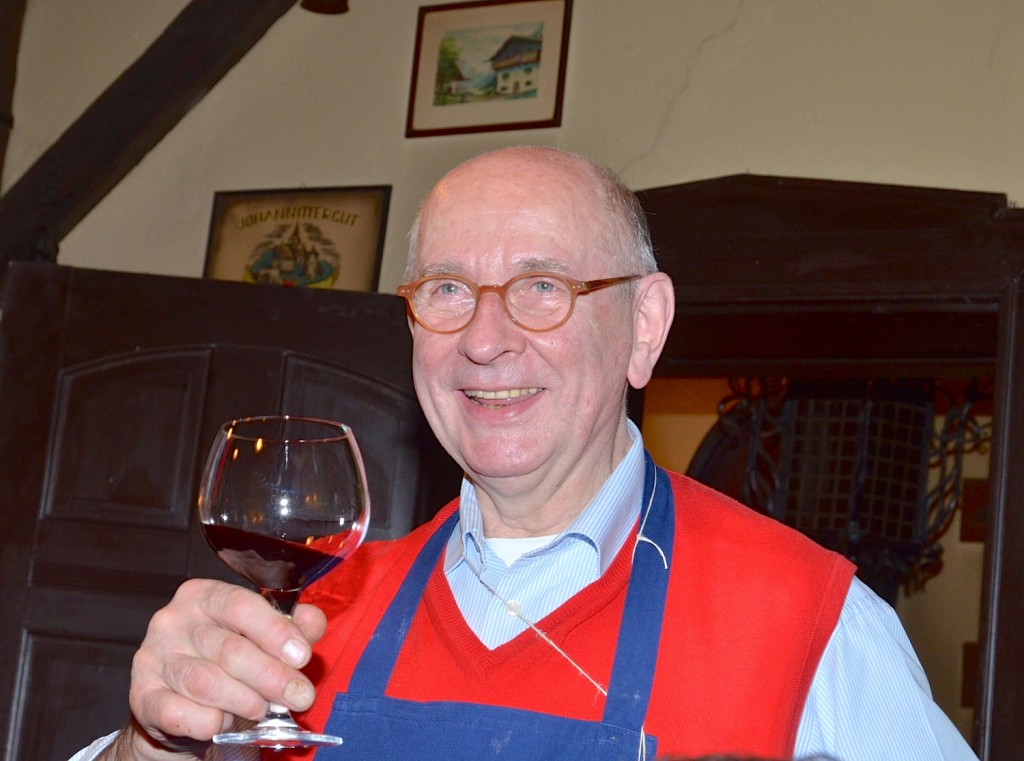
Man wird aber ebenfalls annehmen können, dass Rainer Schulz diese Geste nicht allabendlich für jeden Gast wiederholen wird. Wobei sein Kalkül vermutlich gar nicht primär auf die begrenzte Verfügbarkeit dieser kostbaren Ressource und ihren Preis gerichtet sein wird, sondern vor allem die Angemessenheit berücksichtigt.
Gerade das Kriterium der Angemessenheit als Selbstverpflichtung ist ganz entscheidend für die Konstituierung einer Wein-Gesellschaft. Das Kunststück liegt darin, elitäre und egalitäre Wirkungen auszubalancieren. Denn wenn die Zugehörigkeit zur Wein-Society über Passion, Genussfähigkeit und Kennerschaft definiert ist, dann können die unterschiedlichen finanziellen Möglichkeiten der Teilnehmer desintegrierend wirken. So wäre es beispielsweise töricht, wenn ein gut betuchter Genießer mit einer superteuren Flasche neue Freunde finden wollte. Der Schuss könnte nach hinten losgehen, mögen die Motive noch so edel sein. Denn manche Begünstigten, die sich eine solche Flasche nie im Leben leisten könnten, würden in diesem großzügigen Akt ihre eigene Unterlegenheit gespiegelt sehen und zumindest unbewusst abwehrend reagieren. Ich selbst habe kürzlich gezögert, der Einladung eines mir bis dato unbekannten High End-Sammler zu folgen, von dem es hieß, er trage stets einige sehr kostbare Trouvaillen im Gepäck, die er auch umstandslos öffne. Es wäre mir schwer gefallen, mitzutrinken. Zum Glück kam es anders. Die Flaschen, die er kredenzte waren erlesen und großartig, aber für mich nicht unerschwinglich. Er hielt sich an das Kriterium der Angemessenheit und wies neben Großzügigkeit, Kennerschaft und gutem Geschmack auch Takt und Respekt nach. Auch so funktioniert Distinktion über Wein.
Anders ist es mit engen Freunden oder langjährigen Gastgebern. Von ihnen lässt man sich gerne auch mal luxuriös verwöhnen (und verwöhnt sie), denn Vertrautheit und Sympathie haben längst dafür gesorgt, dass die Gabe ausschließlich als ideeller Wert vermessen wird: als Ausdruck persönlicher Wertschätzung und Anerkennung gleichgerichteter Passionen. Schon aus diesem Grund verbietet es sich praktisch von selbst, wenn der Wirt der Kurpfalz Weinstuben den 89er Mouton für jeden x-beliebigen Gast aufmachen würde.
Was aber, wenn mir der 89er Mouton nicht schmeckte, wenn ich ihn gar fehlerhaft fände, wohlmöglich als Einziger am Tisch? Eine sehr heikle Situation. Zu viel Offenheit kann verletzend wirken, stummes Trinken ignorant. Beides ist gefährlich für die Gruppendynamik. Einen Ausweg bietet die schonungslose Selbstbefragung (Schmeckt mir der Wein nicht? Ist er einfach nur schwach oder fehlerhaft? Oder finde ich den Spender scheiße und will es ihn über meinen Wein-Kommentar spüren lassen?). Es folgt eine selbstkritische Stellungnahme, wobei der subjektive Eindruck in seiner ganzen Fragwürdigkeit im Vordergrund stehen sollte: Ich komme mit dem Wein nicht zu Recht, finde im Moment keinen Zugang, ist toll, aber nicht mein Geschmack usw. Solche Statements können – auch wenn sie den edlen Spender zunächst düpieren – förderlich für die Gruppendynamik sein. Denn die Geschmäcker sind verschieden. Sie lassen sich nie im Einzelnen begründen und stehen für Individualität und Vielfalt und verdienen höchsten Respekt. Sie sind der Motor eines perfekten Gemeinschaftserlebnisses mit Wein. Ohne dieser Vielfalt den ihr gebührenden kommunikativen Platz zu schaffen, wäre ein Weinabend nur ein hohles Besäufnis.
Fotos von Gerhard Gneist
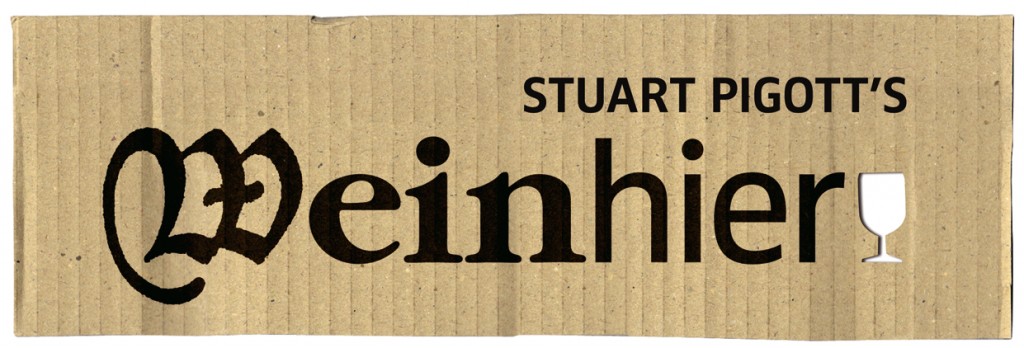

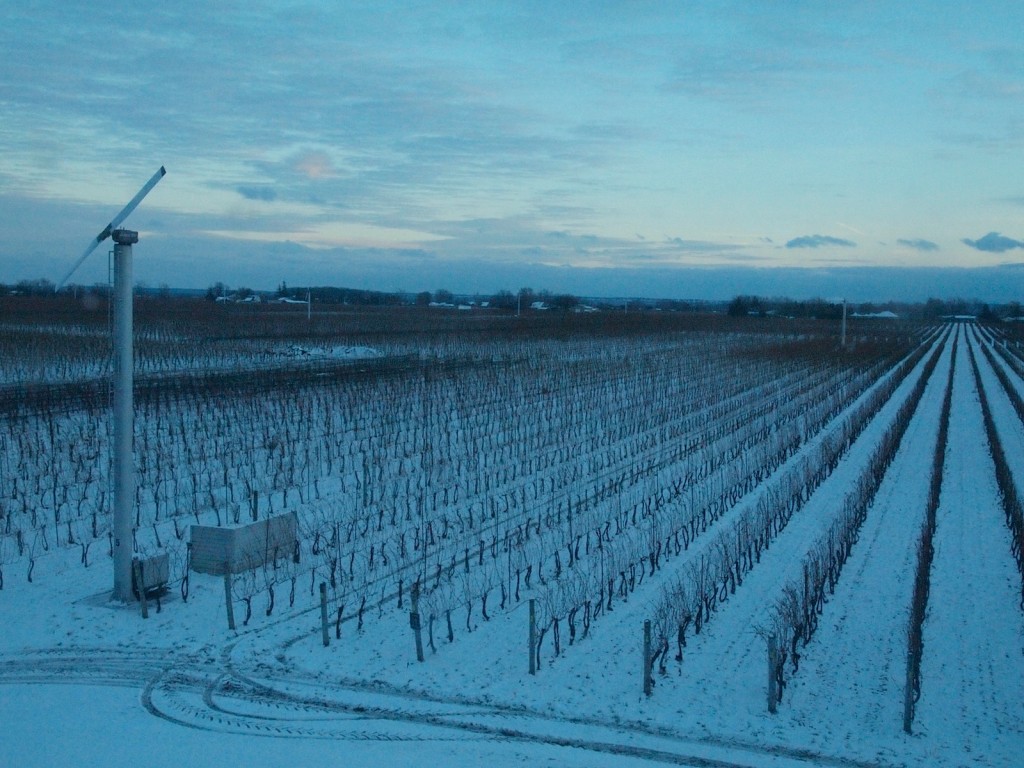
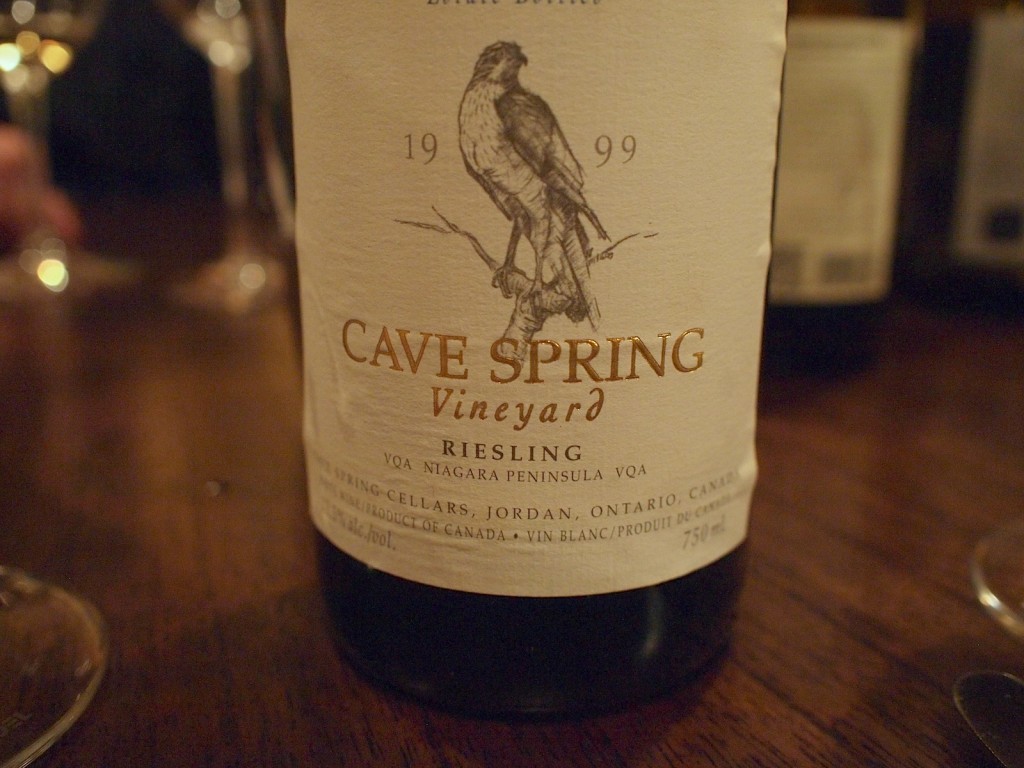
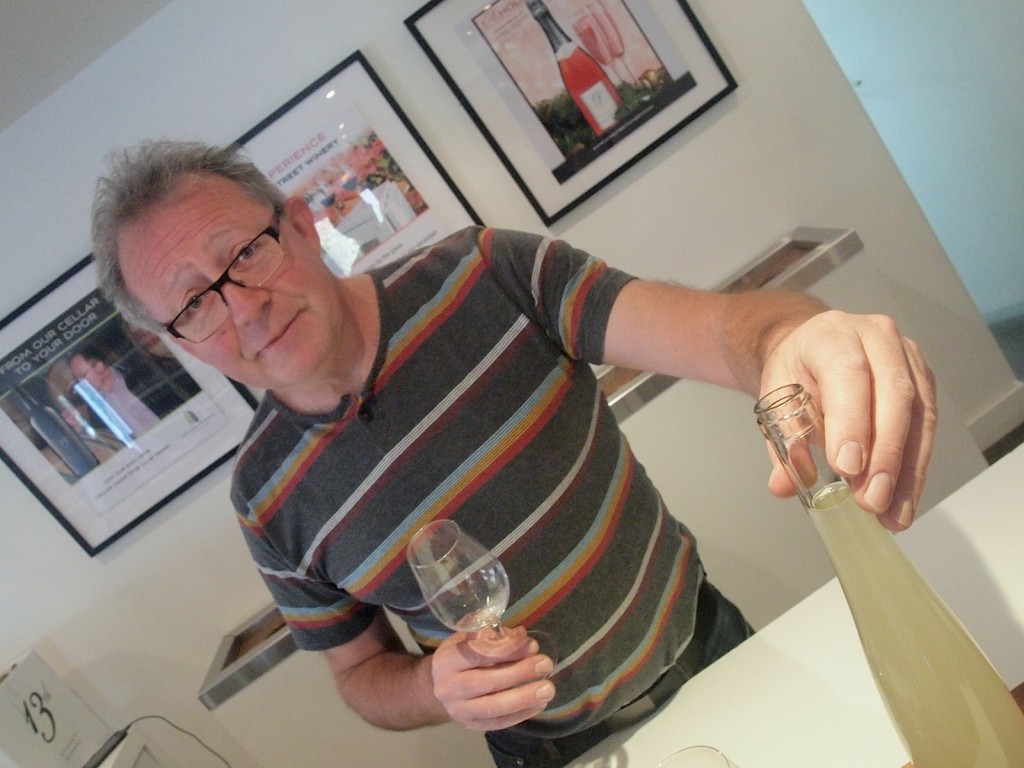
![120114_riesling_global_RZ [1600x1200]](http://www.stuartpigott.de/wp-content/uploads/2014/11/120114_riesling_global_RZ-1600x120012.jpg)
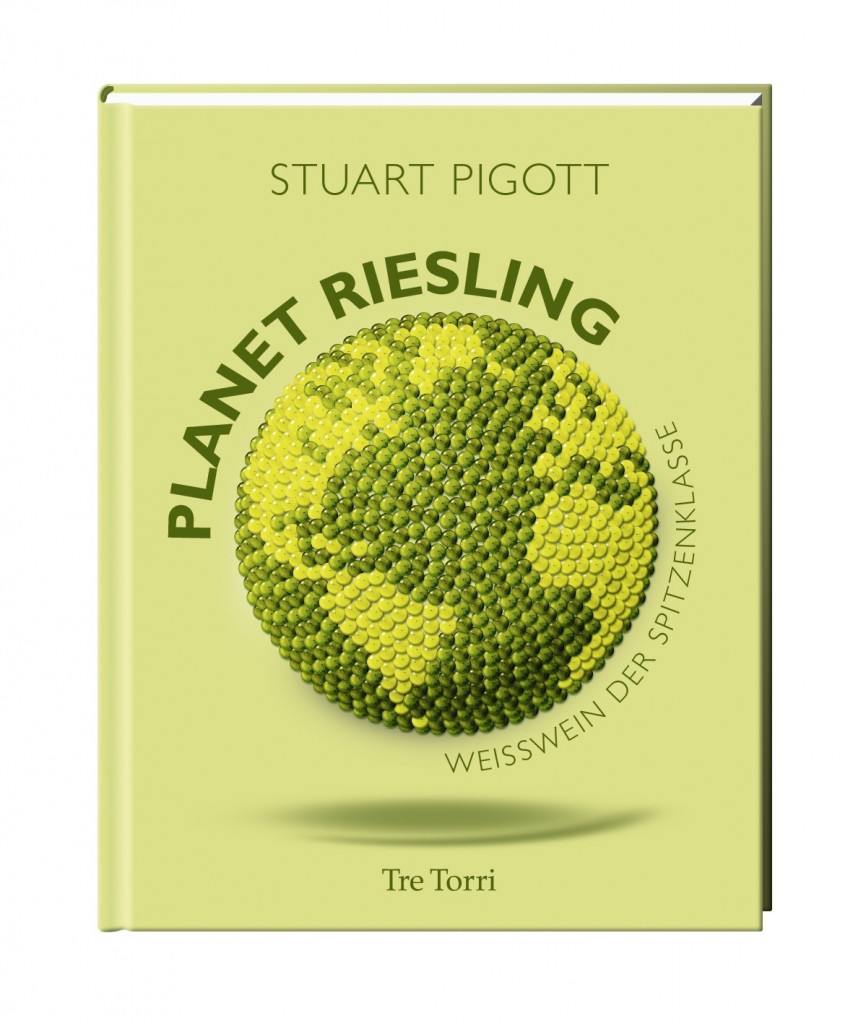
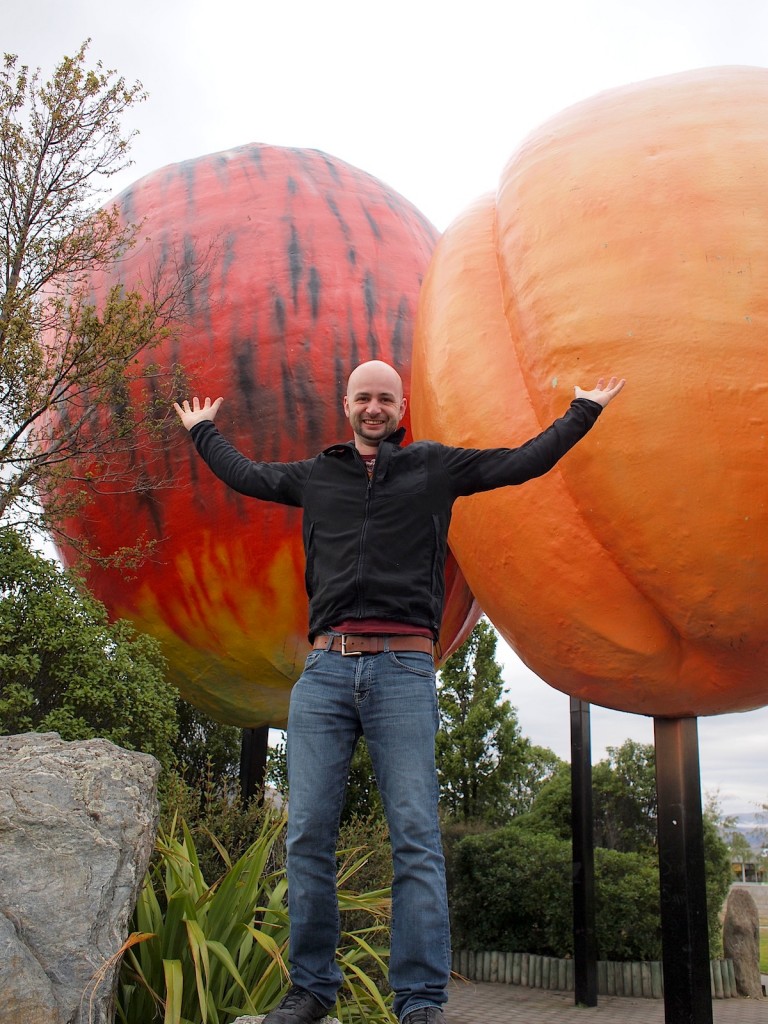
![120114_riesling_global_RZ [1600x1200]](http://www.stuartpigott.de/wp-content/uploads/2014/11/120114_riesling_global_RZ-1600x120011.jpg)
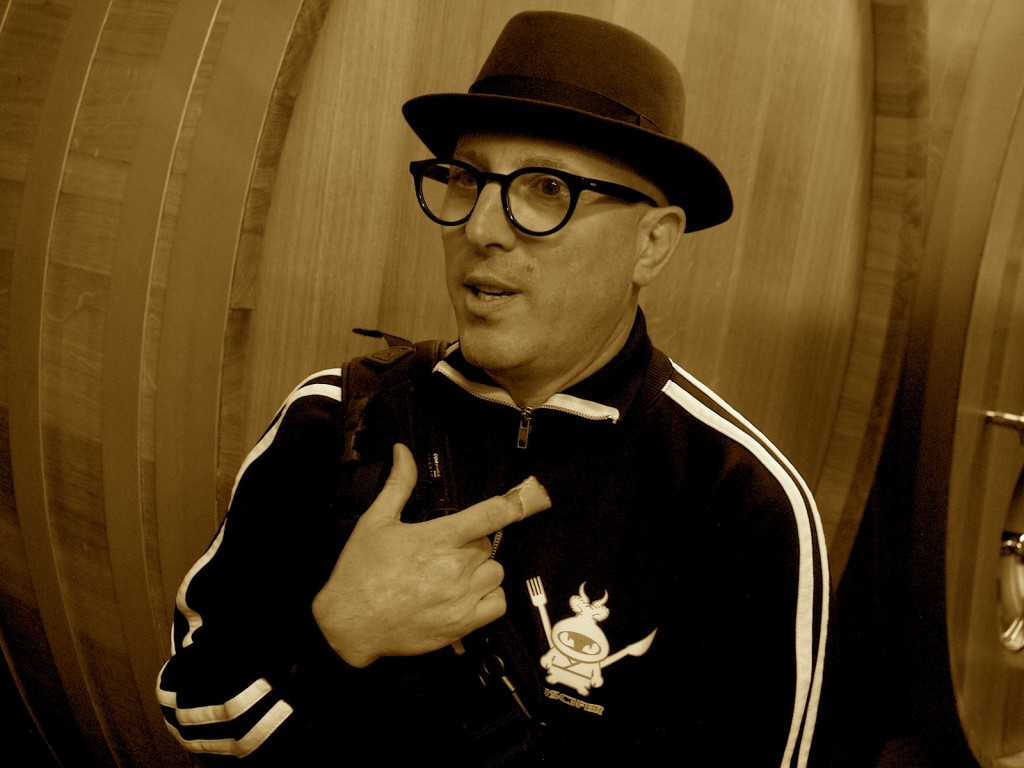
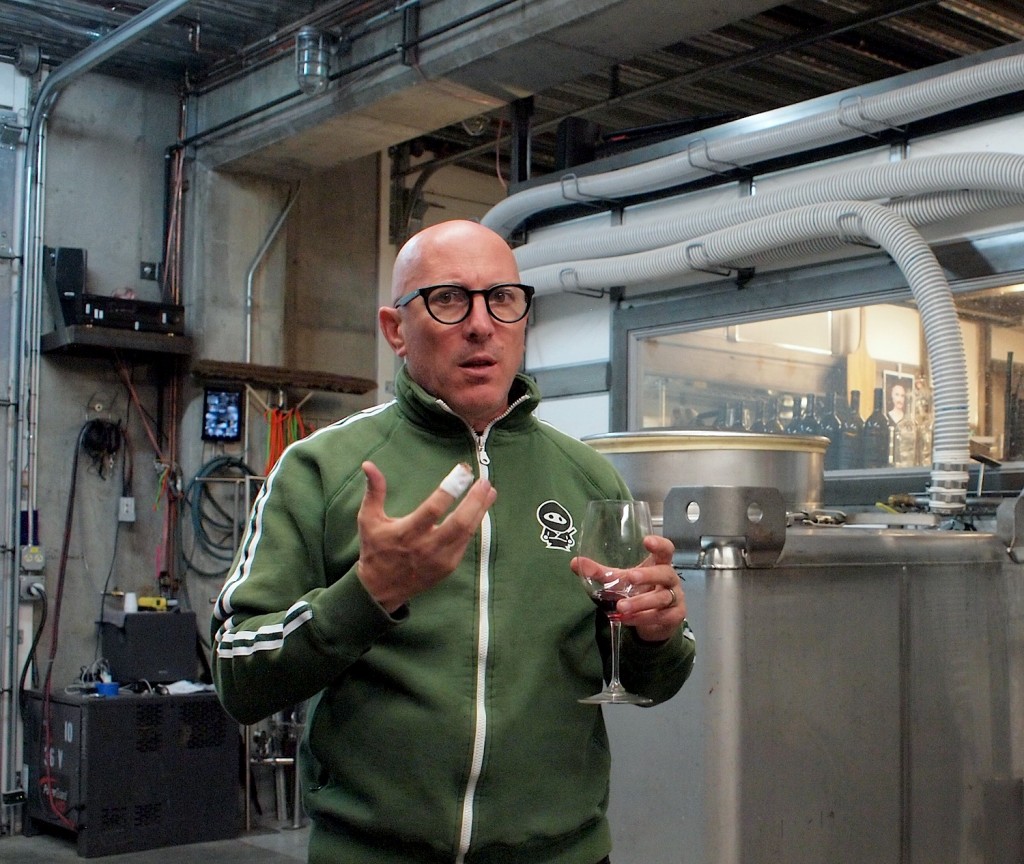
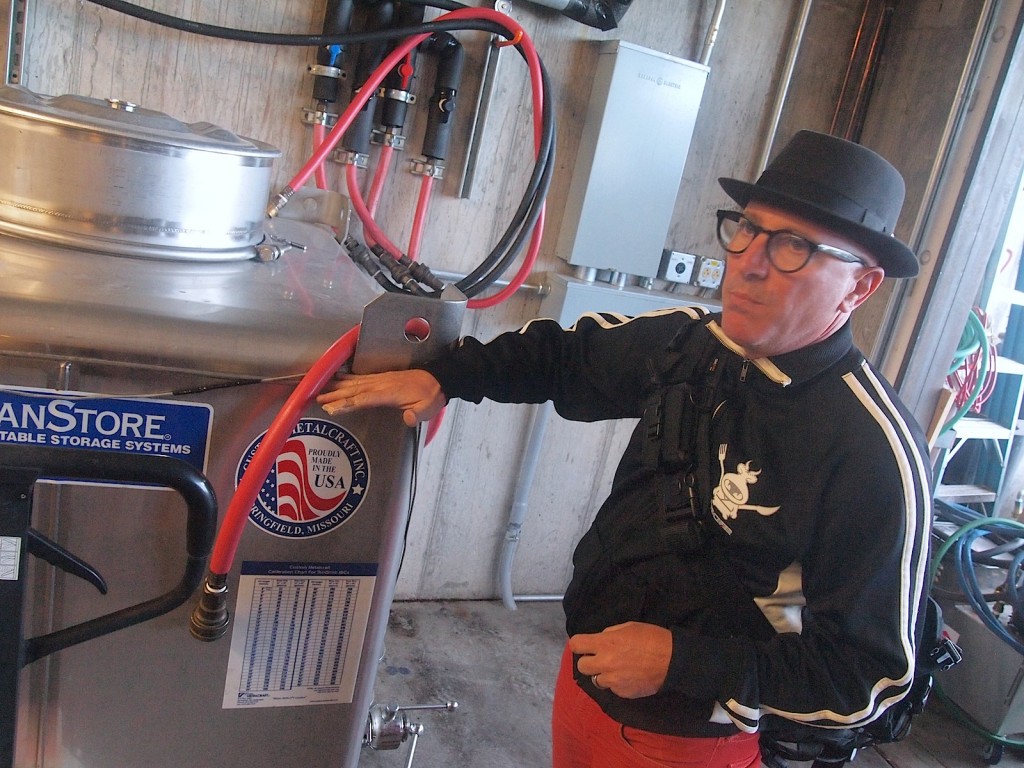
![120114_riesling_global_RZ [1600x1200]](http://www.stuartpigott.de/wp-content/uploads/2014/11/120114_riesling_global_RZ-1600x120010.jpg)



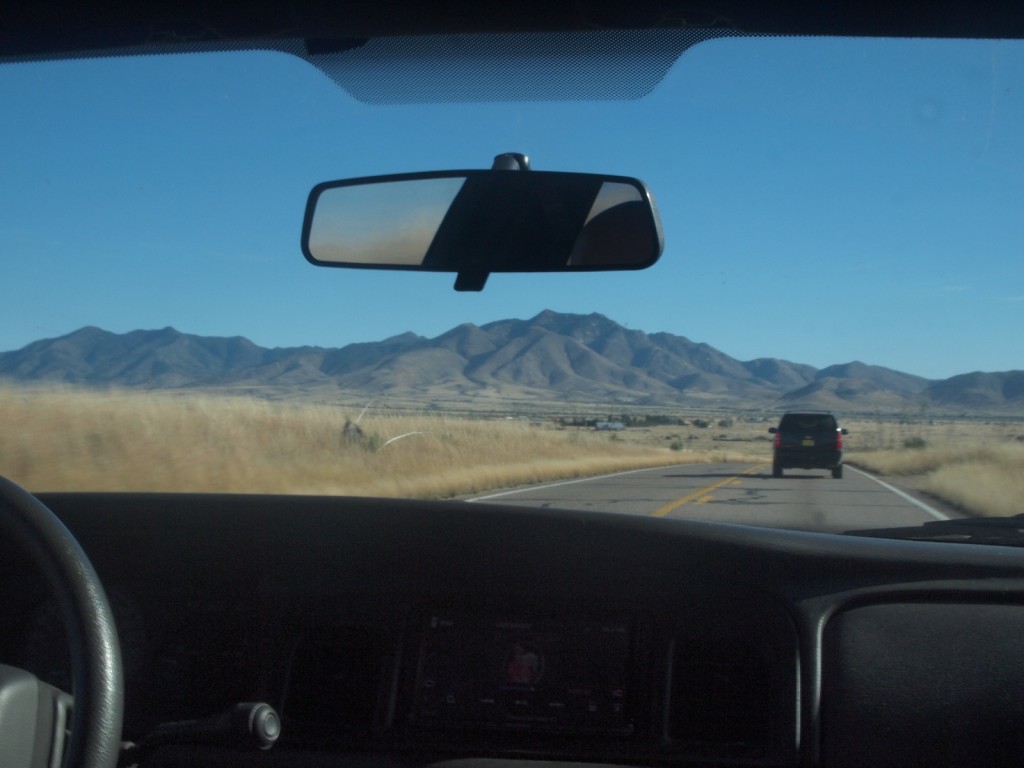
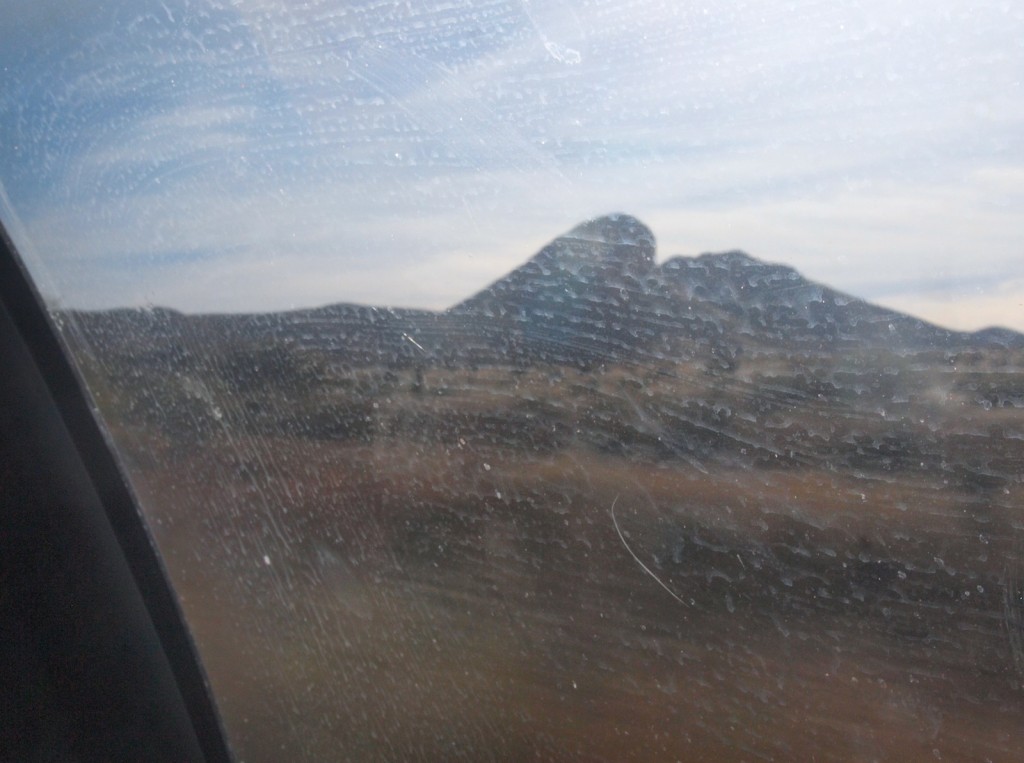
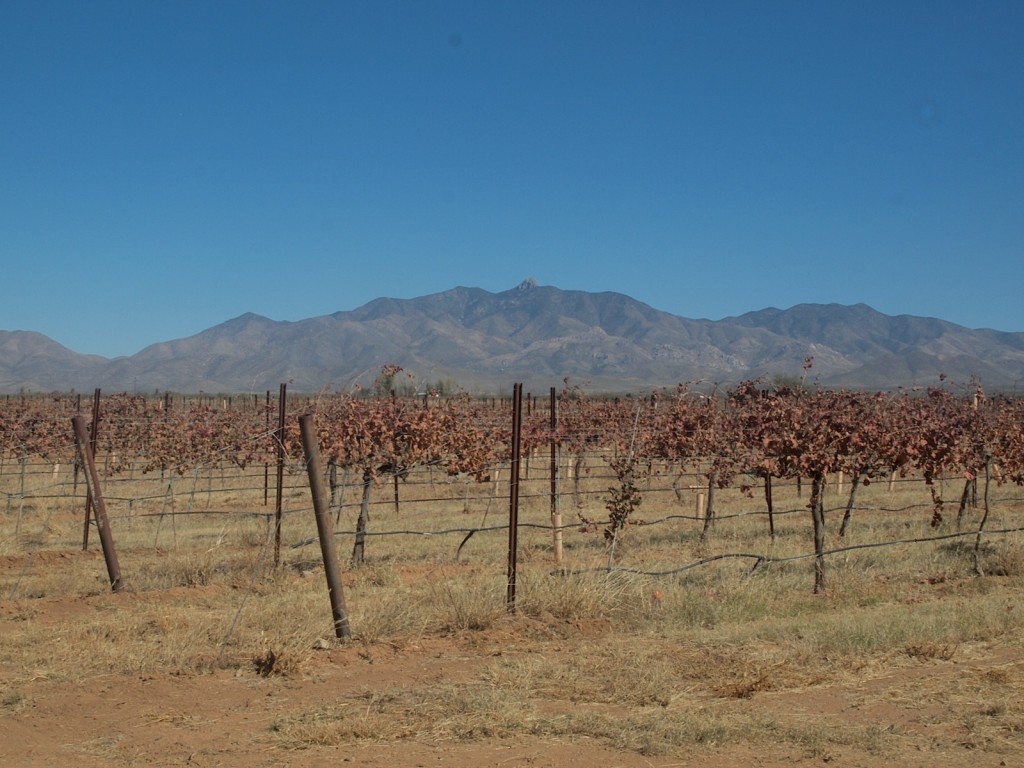
![120114_riesling_global_RZ [1600x1200]](http://www.stuartpigott.de/wp-content/uploads/2014/11/120114_riesling_global_RZ-1600x12008.jpg)
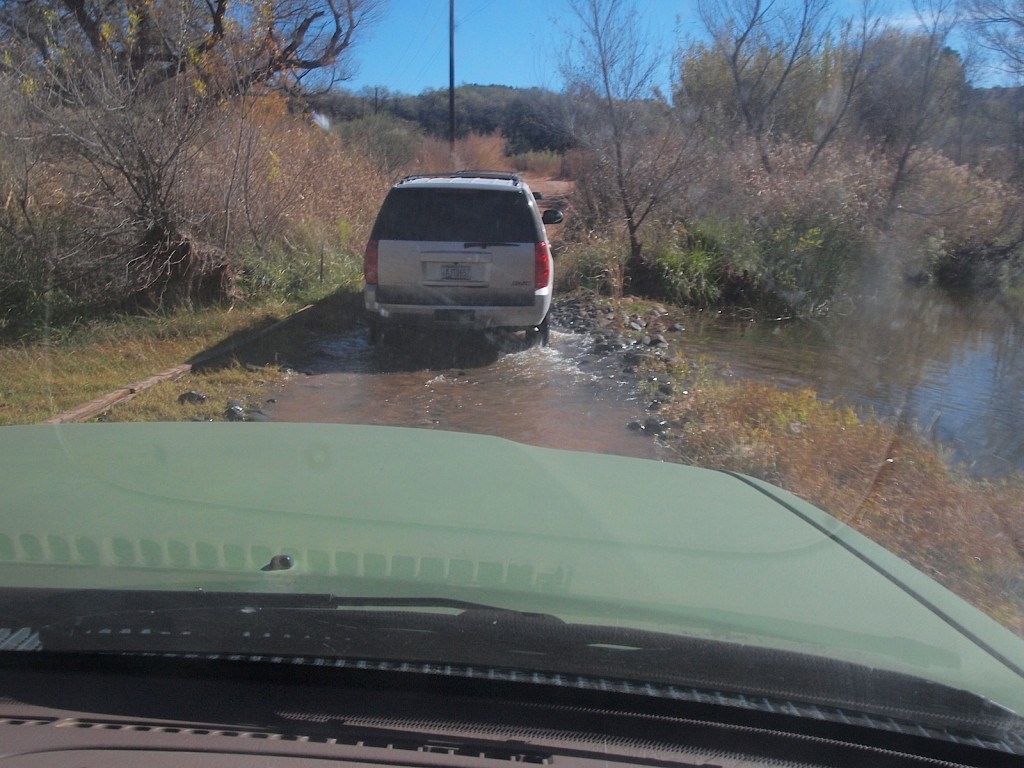
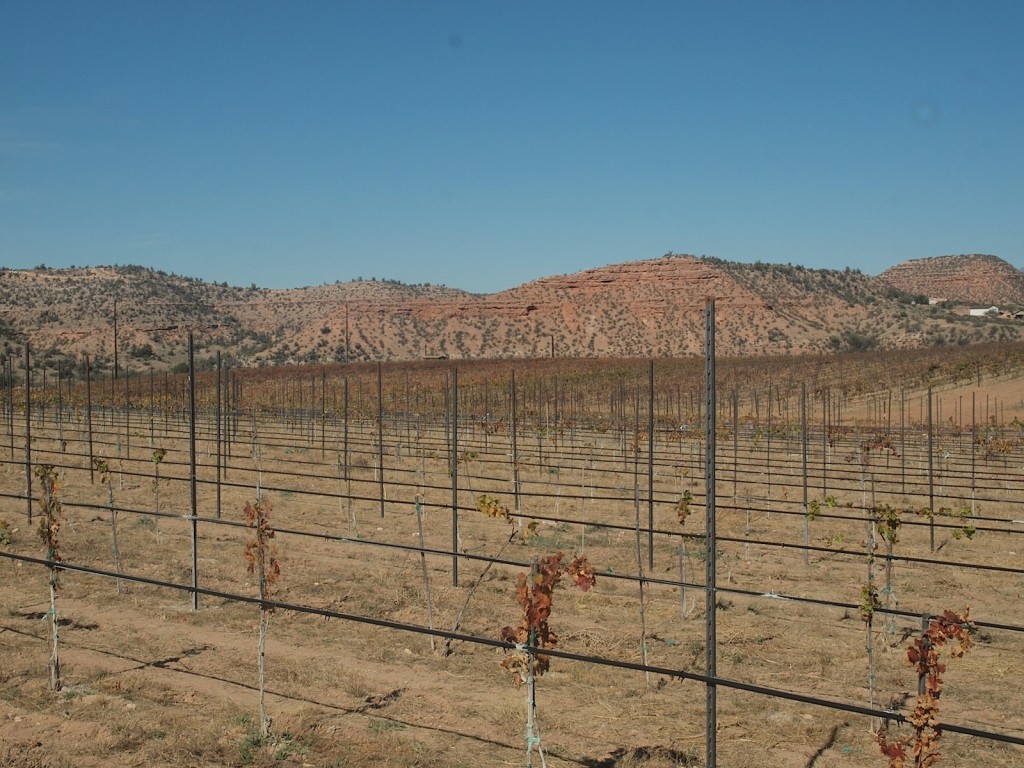
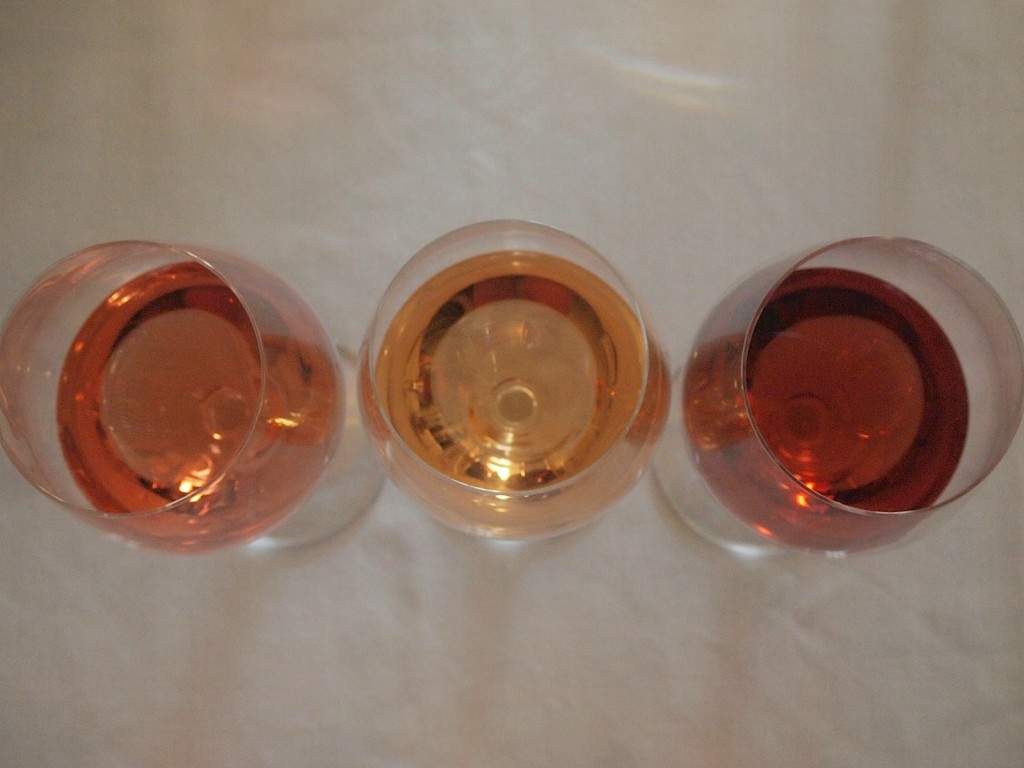
![120114_riesling_global_RZ [1600x1200]](http://www.stuartpigott.de/wp-content/uploads/2014/11/120114_riesling_global_RZ-1600x12007.jpg)
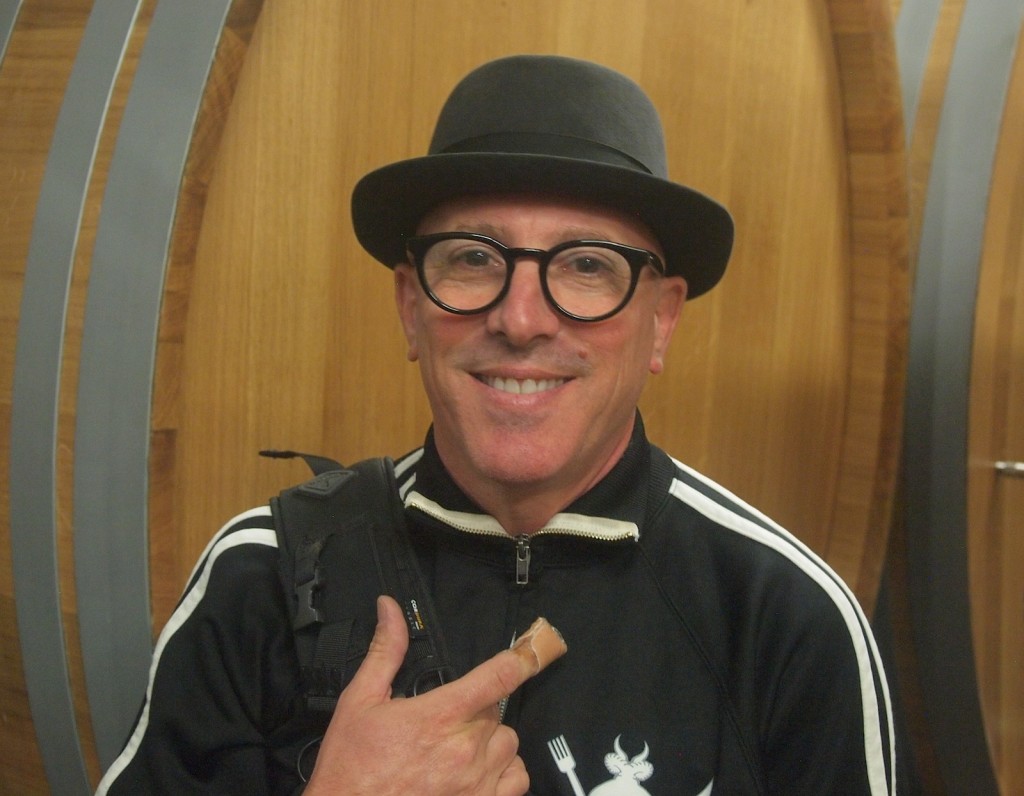
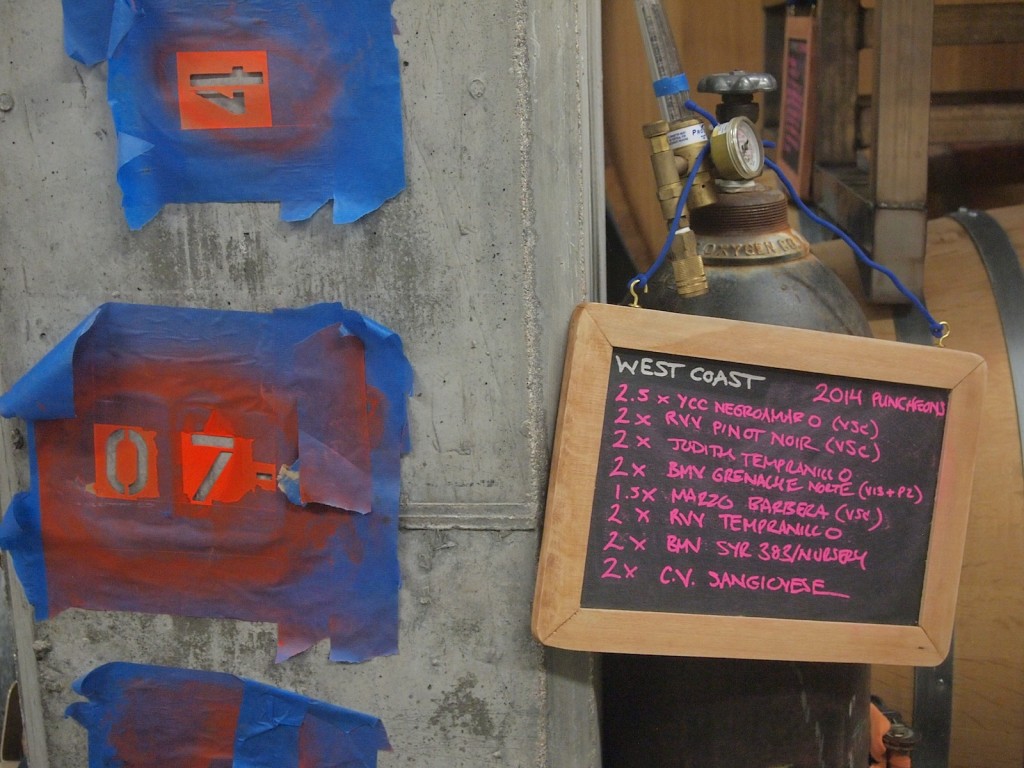
![120114_riesling_global_RZ [1600x1200]](http://www.stuartpigott.de/wp-content/uploads/2014/11/120114_riesling_global_RZ-1600x12006.jpg)
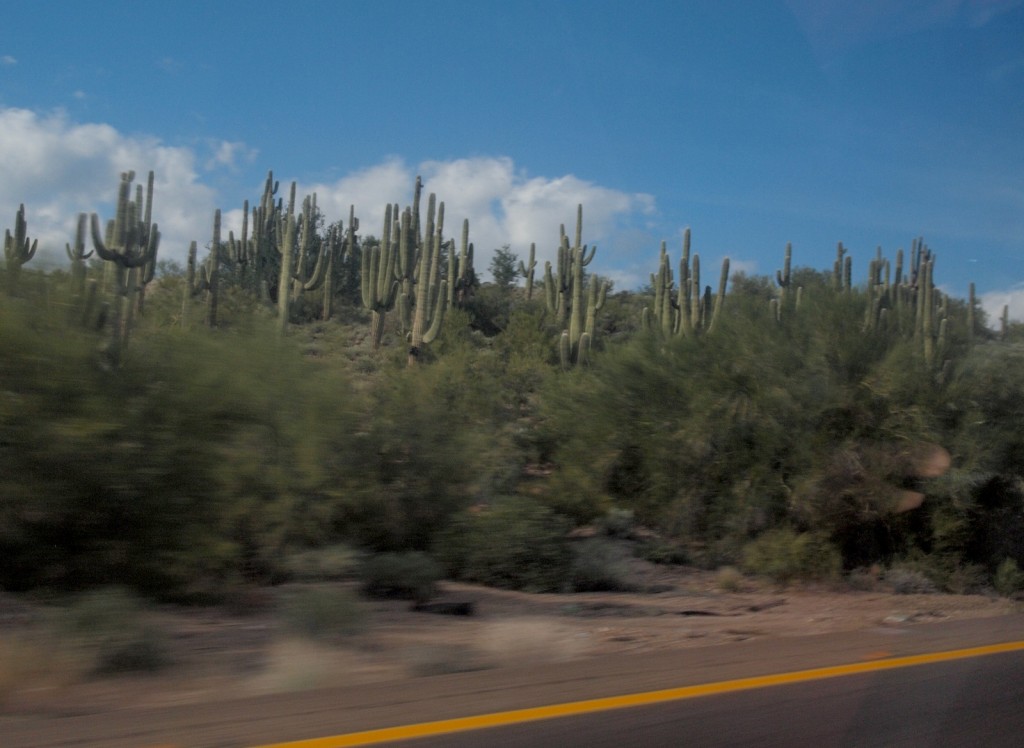
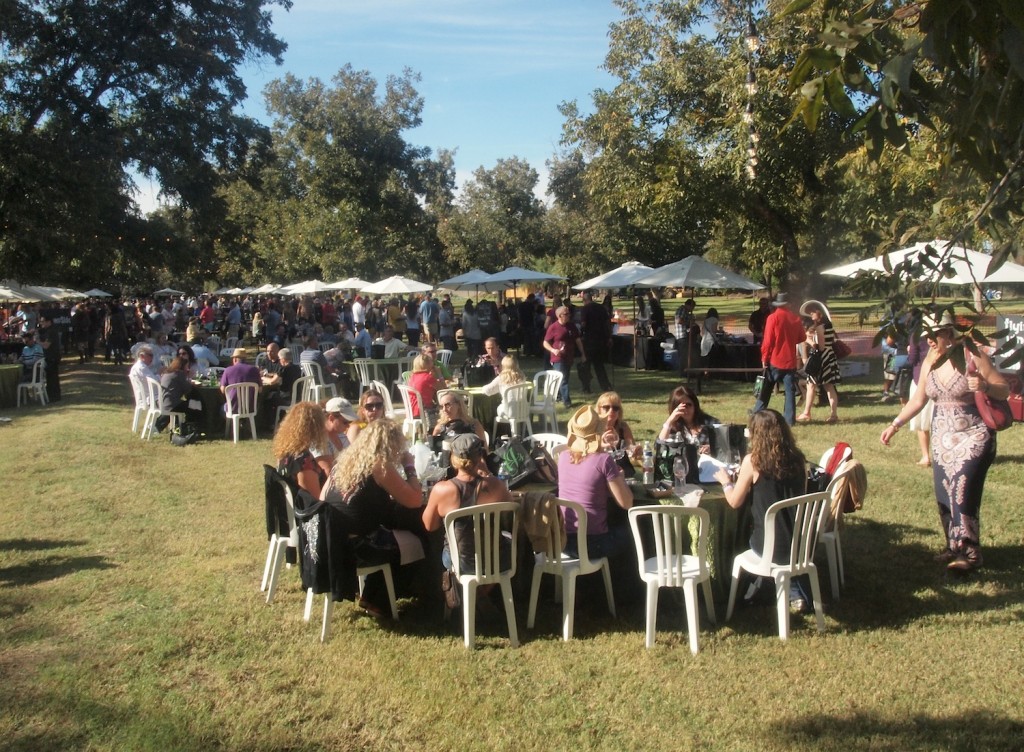

![120114_riesling_global_RZ [1600x1200]](http://www.stuartpigott.de/wp-content/uploads/2014/11/120114_riesling_global_RZ-1600x12005.jpg)
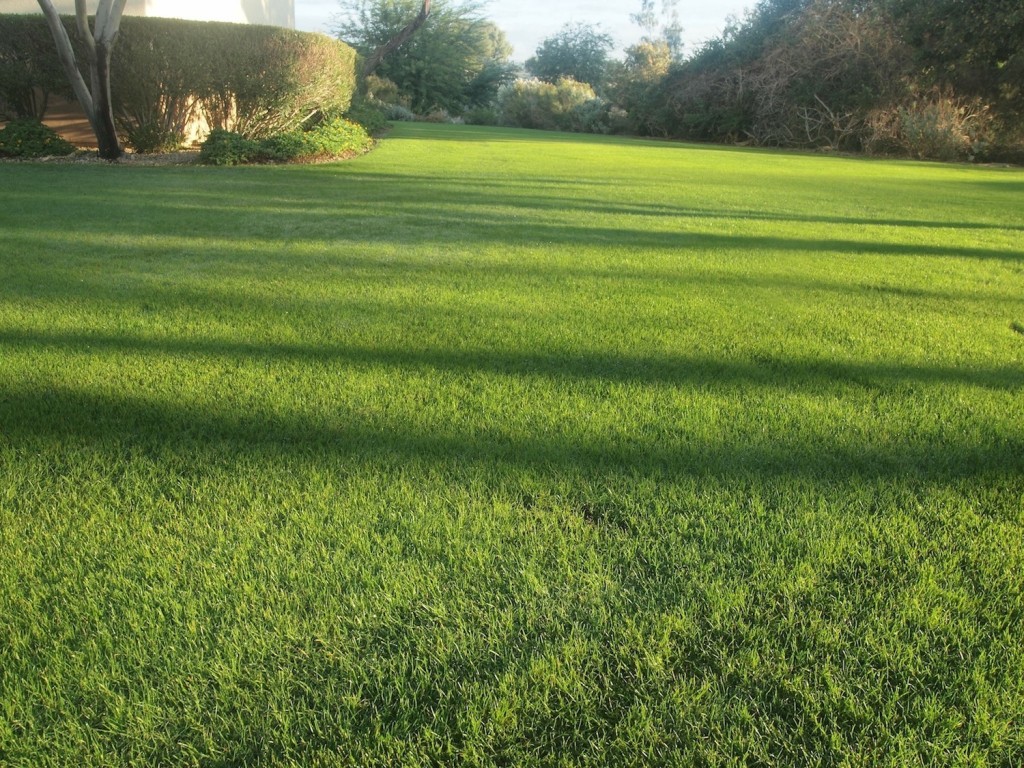
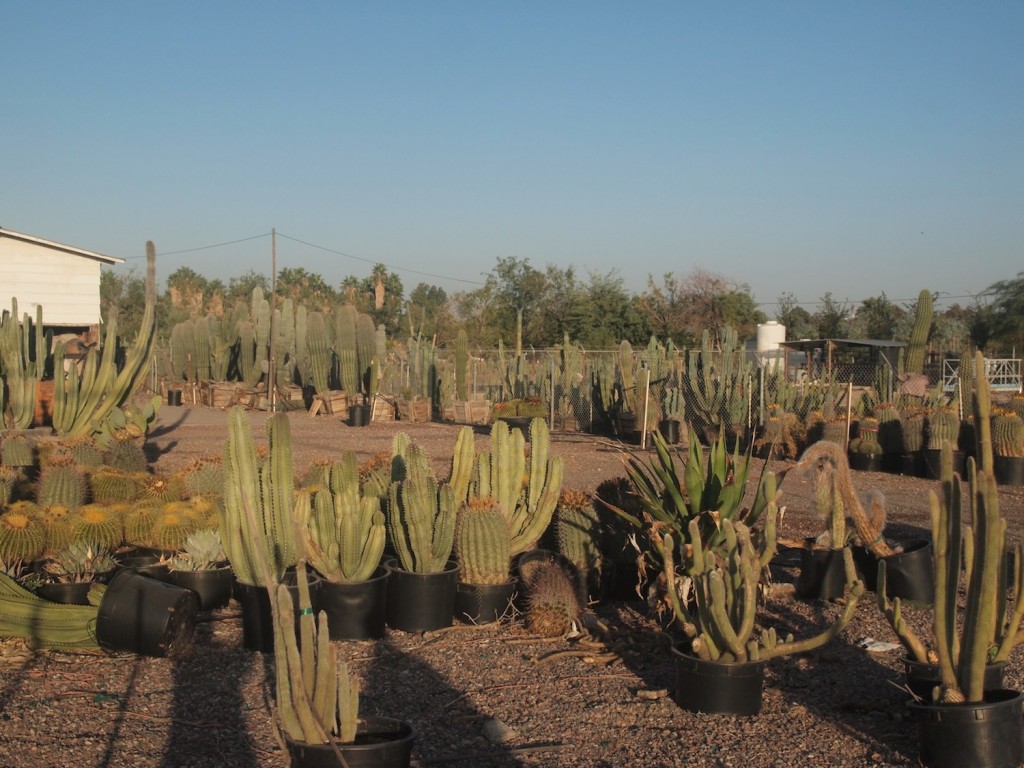
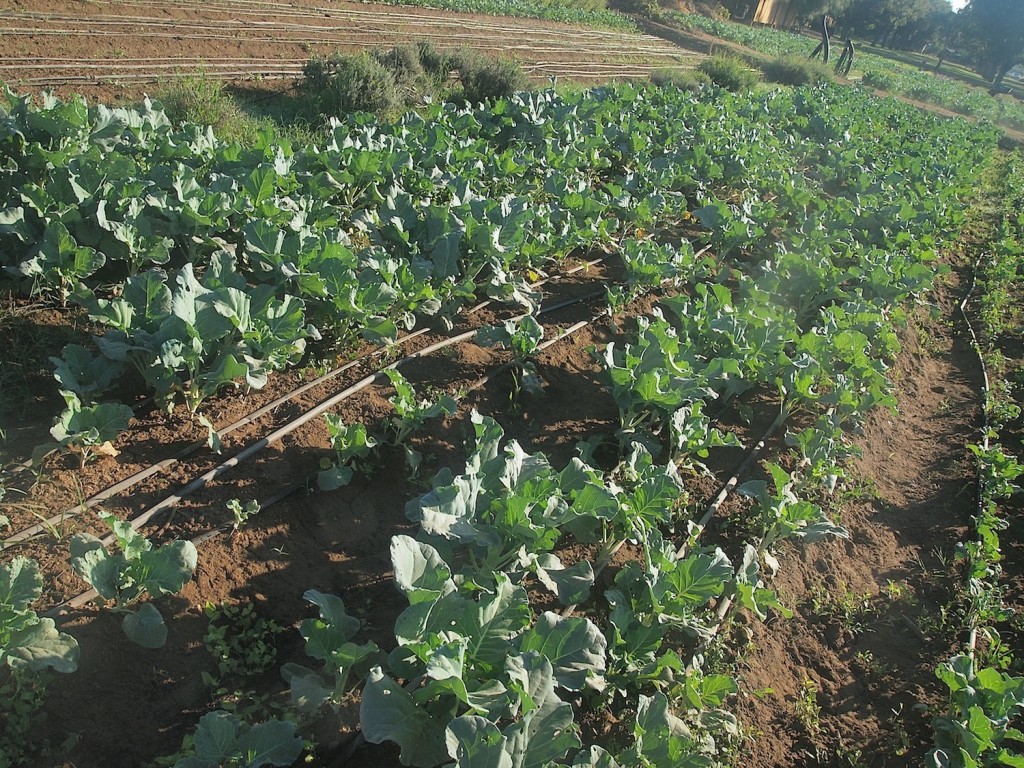
![120114_riesling_global_RZ [1600x1200]](http://www.stuartpigott.de/wp-content/uploads/2014/11/120114_riesling_global_RZ-1600x12004.jpg)

![120114_riesling_global_RZ [1600x1200]](http://www.stuartpigott.de/wp-content/uploads/2014/11/120114_riesling_global_RZ-1600x12003.jpg)